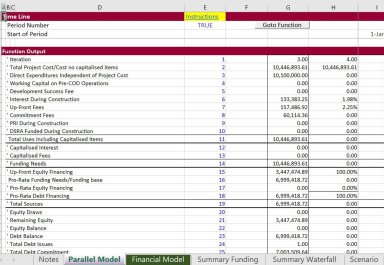
Originally published: 11/10/2018 13:30
Publication number: ELQ-92462-1
View all versions & Certificate
Publication number: ELQ-92462-1
View all versions & Certificate

How to Resolve Circular References in Project Finance Models
This innovative model provides a resolution for circular referencing.









